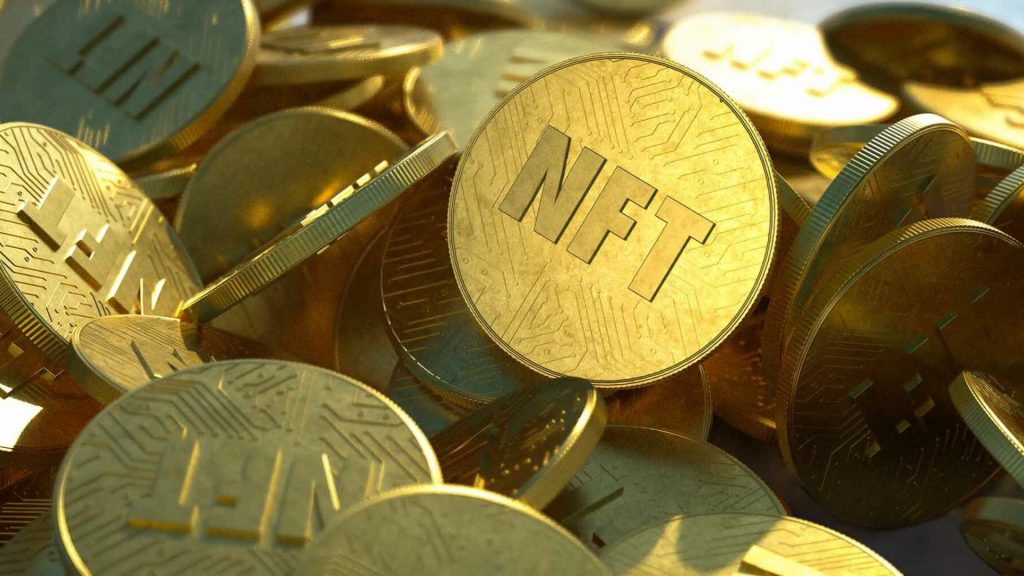Money laundering threats related to NFTs. Due to the lack of laws and regulations around the trading of non-fungible tokens or NFTs, the money laundering risk is considered high. This technology can raise alarm bells from a money laundering and financial crime perspective. To start with, NFTs are most often purchased with cryptocurrencies on online marketplaces. Cryptocurrencies are routinely exploited for malicious means, like complicating the source of criminal proceeds.
Money Laundering Threats Related To NFTs
Even though transactions can be traced, more sophisticated criminal actors use various techniques to disrupt investigations by law enforcement. Along with the financial crime risks arising from cryptocurrency usage, money launderers may exploit the trade and sale of NFTs in a similar way to which they use physical art.
For example, an individual may attempt to replicate a famous piece of artwork and sell it as a criminal activity such as forgery. Similar to physical art, money launderers have other opportunities to forge NFTs. In March 2021, a hacker created a piece of digital artwork and put it up for sale on an online marketplace claiming it was a limited edition Banksy print. To add authenticity, the creator hacked into the official Banksy website and posted a link to the NFT. The token sold for roughly 244,000 pounds. In a final twist, however, the hacker returned the funds following the sale.
An art heist is also possible within the NFT realm. Criminal actors can hack into user accounts on NFT marketplaces and transfer NFTs to their accounts. After transferring the NFTs, the hacker can quickly sell the stolen token(s) and attempt to launder the proceeds. The digital aspect of these tokens also provides room for other novel risks. During the creation process of an NFT, it is possible for creators to ‘hide’ information within the NFT. This confidential information could, for example, be about a newly identified security vulnerability in a piece of software with the NFT used as the transfer mechanism to share this information between two criminal parties.
The record sales of NFTs in recent times show a very volatile market. Excessive amounts of money may be involved, which has raised concerns around the globe. These amounts of money spent on NFTs can be used to facilitate illicit financial transactions and circumvent the increasingly robust anti-money laundering or AML legislation both at the EU and international levels. It is intriguing, after all, that collectors want to spend vast amounts of money for just a digital image when they can buy traditional art with the same amount of money.
From a more critical perspective, the rise of NFTs coincides with the traditional art market being subjected to strict AML rules in the EU. Putting the traditional art market on the radar of AML rules and law enforcement agencies or LEAs may have driven criminals to search for alternative methods of laundering their criminal proceeds. NFTs, blockchain technology, anonymity, and the lack of a legal framework create an ideal space for such illegal activities.
Final Thoughts
The preceding analysis highlights a legal uncertainty regarding NFTs and ML. This regulatory gap in NFTs may increase the risk of high-value NFT transactions being used to circumvent AML rules at the EU level. Because there is no physical representation or transport, NFTs are easily traded, and NFTs allow for a high level of anonymity in their transactions. Furthermore, they are linked to cryptocurrency, which is increasingly being used in serious and organized crime schemes, and the use of this payment medium as part of investment fraud is increasing.





